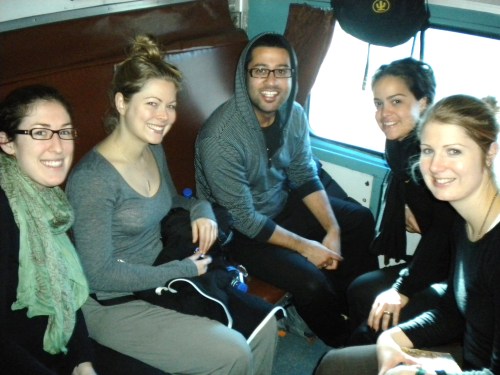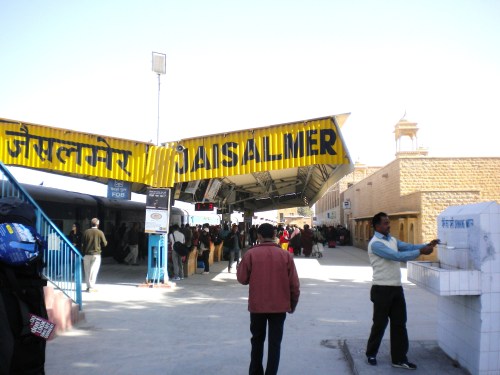Orange Crush

Where did this come from? Is it all a dream? The election no one wanted, the election no one cared about, the election that must fight for air time against what dress an unemployed British girl may or may not wear to her wedding, might now become historic seismic shift, a transformative moment in Canadian politics.
I’ve been following it pretty closely but even I was caught off guard by the NDP’s ‘surging’ poll numbers, the ‘orange crush’ that swept Quebec and is now moving across the country. Even dyed-in-the-wool supporters were shocked with the polls this weekend that show the New Democrats ahead of the Liberals and poised to be the official opposition. Never before has this happened and it’s still difficult to believe it will.
Up until recently, Jack Layton was treated as a third party/third wheel, patronized by reporters who didn’t understand why he still didn’t get it was a two-person race. After the debates, as he claimed that more and more Canadians were hearing his message, a reporter in a yuppie suit (taking notes on his blackberry) snapped “But you say that every time and you still lose!”
“Are you kidding?” Jack replied. “We’ve won more seats in each of the last elections.”
How did this happen? Well, people obviously like Jack. He is an appealing fellow. He’s also been around enough that voters think they know him and what he’s about. EKOS pollster Frank Graves referred to him as that kind of average, Tim Hortons guy. While Americans pick a president who they’d like to get a beer with after hours, we Canadians, of a milder temperament, prefer our elected leaders to dunk Tim-bits. Graves also credits Jack’s cheeriness, the inspiring story of his battle with cancer and the overall positivity of the NDP campaign. Ads like the one below pratically scream ‘Yes We Can!’
But even as an NDP supporter, I must admit that a vote for Jack is also a vote against the other leaders. The Green Party’s numbers collapsed early on and haven’t rebounded. And, even though his core supporters stay loyal, only the most dedicated Conservative voter gets warm and fuzzy thinking about Stephen Harper.
But the biggest drop is inarguably that of Michael Ignatieff and the hapless Liberals. He must be wondering why the Trudeau-mania-style excitement which was supposed to be his has ended up boosting his opponent. I must once again quote James Mason in ‘A Star is Born’: “A career is a very curious thing. Talent isn’t always enough.” Timing is, of course, essential (seeing your chance and seizing it) but most important is that “little something extra”, that difficult to define but impossible to fake star quality. Jack has it. Ignatieff does not.
It looks like the Liberals, once Canada’s ‘natural governing party’, will witness their third disastrous election in a row, and their second leader who will be unceremoniously dropped once all the ballots are counted. A man who probably should have stayed in the ivory tower of academia will most likely return to his essays and books, his head spinning from his tumultuous foray into the messy world of politics.
Who knows if it will last, but for now, my Mom is running around the house, ruing that “the one election I don’t work in is the one we win!”
Still, there’s five days to go.
And Kate might choose ivory.













